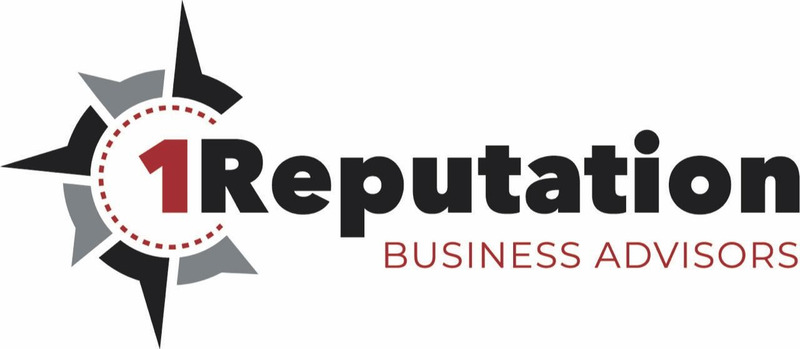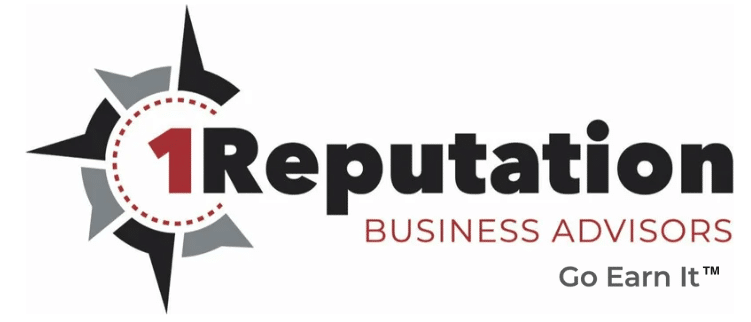
E² – Education
“Education is not the learning of facts, but the training of the mind to think.” – Albert Einstein
***
Currency
Crypto, cash, coin, and bartering – I have six daughters and doweries of gold would have been nice to add to that list.
Cryptocurrency is all the rage today. In 1983, (yes 1983!) American cryptographer, David Chaun came up with the idea of an anonymous cryptographic electronic money called ecash. That was cryptocurrency’s beginning.
It would evolve over the years, and in 2009, the first cryptocurrency – Bitcoin – was created. From there on, the rest is history. Now, we find cryptocurrency not only mainstream with at least 18,465 other types in existence. Further, it is now considered an asset class, in and of itself.
My, how things have changed.
***
But have you ever asked:
“Where Does Money Come From?”
This article by WellCents (below) is specifically about how “money” evolved. It is fascinating and something we should be talking about with all those we love.
Education through empowering financial awareness – by sharing resources – must be one of the greatest gifts we can bless those we care about with!
Enjoy!
***
Article: WellCents 4 Kids – Where Does Money Come From?
WellCents | Details (mywellcents.com)
“Penny, nickel, quarter, dime . . . you use money all the time. But did you ever wonder where it came from? Who decided that little pieces of metal and paper are worth something? You give someone a piece of paper and they give you a candy bar. Give them lots of paper, and maybe you get an Xbox. Yet, it can’t be just any paper — it has to be money. But what makes money so special?
In prehistoric times, people didn’t have money – it hadn’t been invented yet! If you needed something, you swapped your stuff for someone else’s stuff. You have a cow that gives you milk. Your friend has an apple tree. You trade some of your milk for some of their apples. That’s called barter — when you trade one thing for another.
Over time, certain things that were bartered became more valuable than other things — like cows — that could also make milk or give you a calf (so then you’d have two cows!). Cows were one of the best things to barter — they were like iPads, everyone wanted one. In a way, cows were the first type of money!
But imagine trying to carry around a bunch of cows? You might need 10 cows just to go to the grocery store. Instead of bringing all those cows, people needed something smaller to take with them. A long time ago, special shells were used. You can fit a lot more shells in your pocket than cows. Each shell had value and could be used to buy things instead of barter.
Eventually, shells were replaced with something that didn’t break so easily — metal coins. The first coins were made in China in 10,000 B.C. — at first, they had little holes so they could be strung together. By 500 B.C. other countries like Turkey and Persia began to make coins using bronze, silver, and gold. They were round and flat just like the ones we use today. Almost 2,000 years ago, China made paper money. And that idea eventually spread to other countries, including the United States.
So, the next time you look at a quarter or a dollar bill, you can think about the history of money and be really grateful you don’t have to carry a bunch of cows around!”



